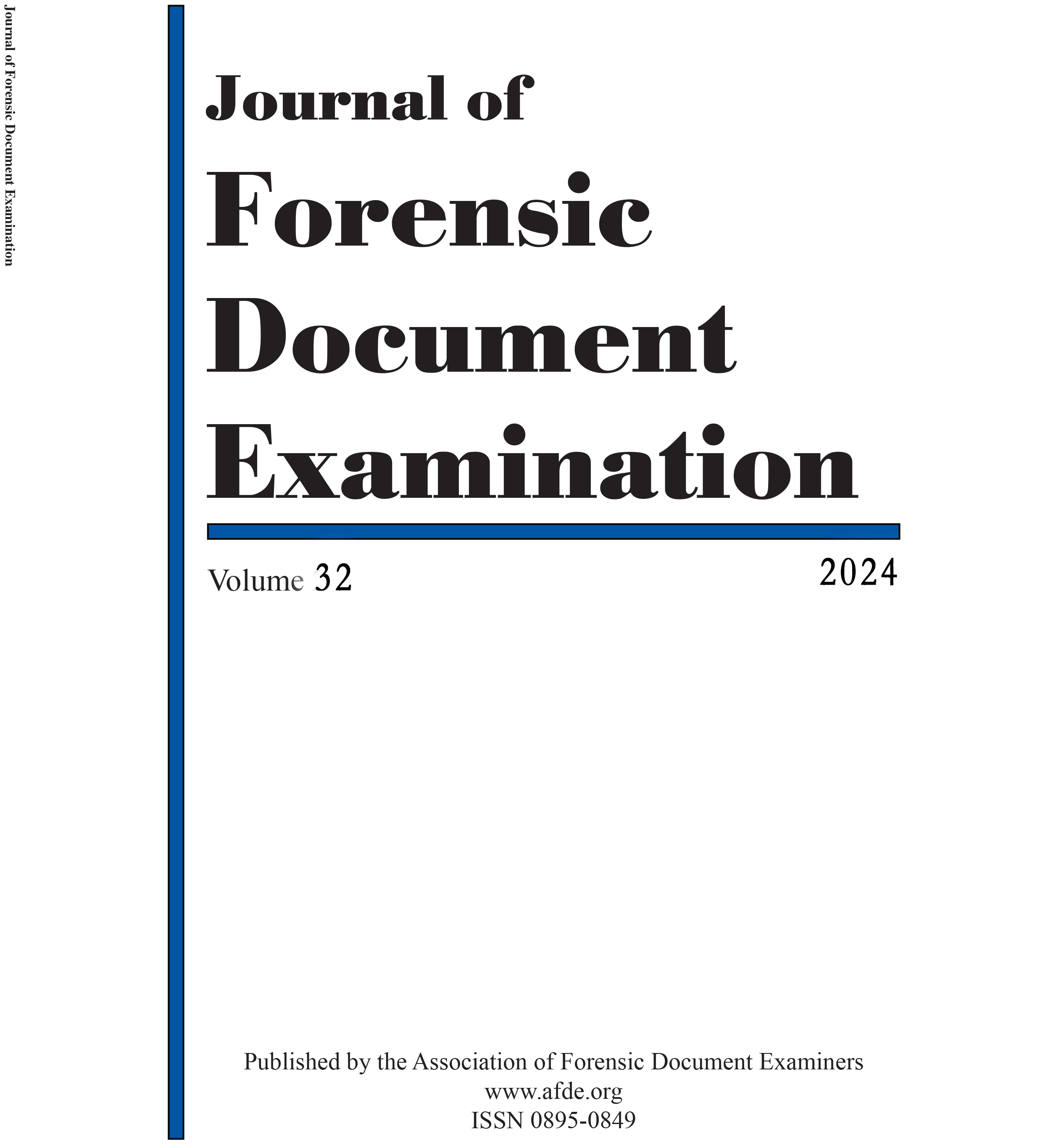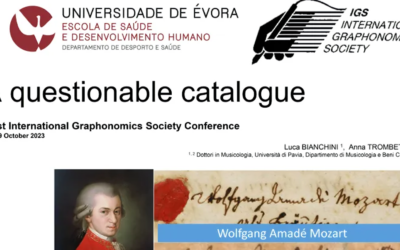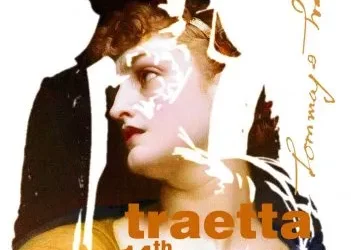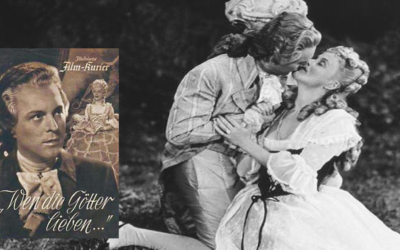Unveiling the Truth Behind Mozart’s Thematic Catalogue
Groundbreaking Research Published in the Journal of Forensic Document Examination
Anna Trombetta, Professor Martin W. B. Jarvis from Charles Darwin University, and I, Luca Bianchini, have published a peer-reviewed article titled Unveiling a New Sophisticated Ink Analysis Technique, and Digital Image Processing: A Forensic Examination of Mozart’s Thematic Catalogue.
This research, which underwent an extensive double-blind peer review, has appeared in a journal that serves as a global reference point for forensic document examiners and court specialists.
"Our findings reveal that the Thematic Catalogue, a supposed cornerstone of Mozart scholarship, is in fact a meticulously constructed posthumous forgery."
The Authors
What Did We Discover?
Our investigation reveals that Mozart’s Thematic Catalogue, long considered a primary source for dating his compositions from 1784 to 1791, is in fact a posthumous forgery created around 1798 at the behest of Constanze Mozart. This finding calls into question the attribution, dating, and cataloguing of many works credited to Mozart.
The Innovative Ink Analysis Technique
I developed a state-of-the-art software in C# that performs a non-destructive analysis of the inks used in historical manuscripts. By breaking down high-resolution images into their red, green, and blue (RGB) components, our method distinguishes between different ink compositions and exposes chronological inconsistencies. This approach not only revealed multiple stages of writing in the Thematic Catalogue but also offers potential applications for authenticating other 18th-century documents, such as manuscripts by Beethoven or other composers.
Why Does This Matter?
The implications are far-reaching. The Thematic Catalogue has underpinned the official narratives and cataloguing systems of Mozart’s works. Our findings necessitate a major re-evaluation of these attributions, affecting the entire field of Mozart scholarship.
Contact Us for More Information
We welcome discussions with journalists, musicologists, and forensic experts. If you have questions or wish to interview the research team, please don’t hesitate to get in touch.
Stay Updated
Follow our research and related events on Mozartrazom and our affiliated websites. We are committed to disseminating our findings broadly and engaging with a diverse international audience.
Thank you for your interest in our work. We invite you to explore, question, and rethink what you know about one of the most celebrated composers in history.
Keywords
- Mozart, Thematic Catalogue, forensic analysis, ink composition, manuscript authenticity, Constanze Mozart, Martin W. B. Jarvis, digital image processing, musicology, historical forgery, primary source verification.
You May Also Like
K.143: A Recitative and Aria in the Shadows of Doubt
K.143 is a prime example of how Mozart scholarship has turned uncertainty into myth. With no definitive evidence of authorship, date, or purpose, this uninspired recitative and aria in G major likely originated elsewhere. Is it time to admit this is not Mozart’s work at all?
The Enigma of Mozart’s Symphony K.73
The Symphony in C Major K.73 has long puzzled Mozart scholars. Touted as a youthful work of prodigious talent, its origins are murky at best. The title “Symphony,” inscribed on the first page of the autograph, is devoid of the composer’s name, casting immediate doubt on its attribution to Wolfgang Amadeus Mozart. Was this truly his work, or is the Symphony yet another victim of overzealous attribution?
Mozart’s Thematic Catalogue Exposed as a Forgery
A groundbreaking forensic analysis reveals that Mozart’s thematic catalogue, long thought to be his own work, is a posthumous forgery. This discovery, detailed in Mozart: The Construction of a Genius, turns centuries of Mozart scholarship on its head, demanding a re-examination of his legacy.
Bologna Connections
Quirino Gasparini’s rediscovered Mitridate aria takes centre stage in Bern and Basel, shedding light on Mozart’s reliance on this forgotten composer.
International Traetta Award
We are thrilled to announce that the 14th International Traetta Award has been bestowed upon Anna Trombetta and Luca Bianchini. This prestigious recognition honours their outstanding dedication to musicological research on primary sources of the European musical repertoire, offering significant contributions to reshaping the historiography of 18th-century music.
A Legacy Rewritten by the Shadows of History
Mozart’s image, often regarded as a universal symbol of musical genius, was heavily manipulated by the Nazi regime, a fact largely ignored in post-war efforts to “denazify” German culture. From propaganda-driven films to anti-Semitic narratives, Mozart’s legacy is far more complex and troubling than we are often led to believe.








It is not surprising to me, as a Mozart researcher, that Constanze Mozart discovered that the public could be defrauded, easily. She carried this out directly after Mozart’s death by discovering an unfinished score – a Requiem — in a mass of Mozart’s scores in a closet. Realizing that she could sell a completed score to music publishers and wealthy Mozart afficionados in Vienna and abroad, she presented this as Mozart’s ‘swan song’. She found her solution in Franz Sussmayr, Mozart’s copyist, who secretly finished a score. He confessed this in a letter of 8 February 1800 to music publisher Christoph Breitkopf. So it’s no surprise that in 1798 or 1799, she perpetrated another fraud — creating a Mozart catalogue, with false entries of her husband’s compositions, hoping to make money from it. Bianchini and Trombetta’s meticulous research exposes Constanze’s deception, excellently.